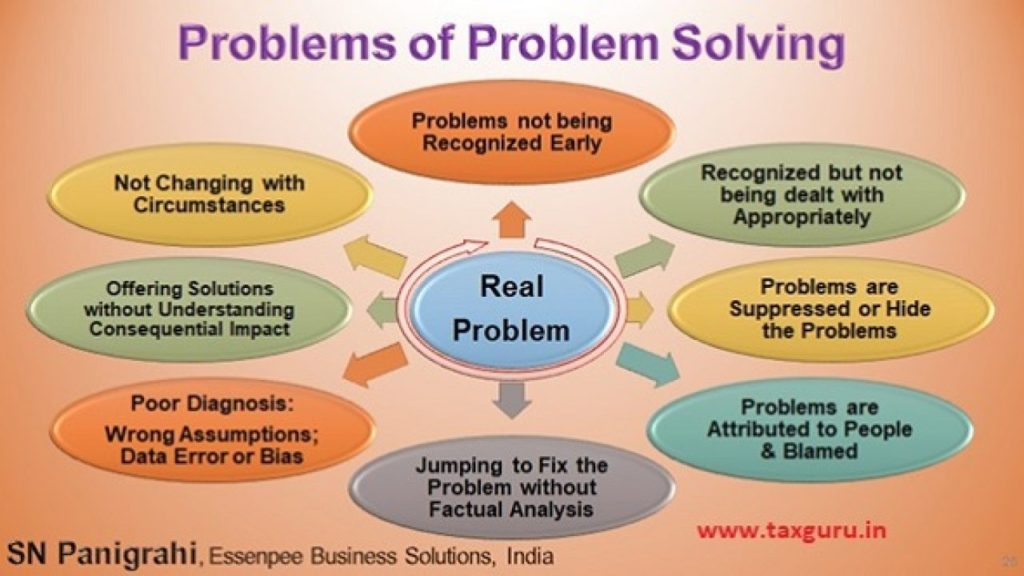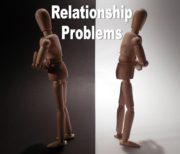Relationship Problems and Solutions
Living in a close relationship with another person can be a source of comfort, support and fun and also, at times, a source of distress, frustration and despair. Close relationships typically go through phases of development with normal highs and lows in attraction, energy and enthusiasm.
The fluctuations in relationship satisfaction are also influenced by other factors, including our own level of tiredness, skills in communicating, problem solving and managing stress, our ability to deal with outside pressures such as work, family, finances and our own dreams, goals and expectations for our own life and our relationship. Common Problem Areas in Relationships
When problems occur in a relationship there can be a diverse range of reasons related to both individual problems and problems relating to patterns of interactions within the relationship. Individual problems that appear to place stress on relationships often arise due to individual needs being unmet. These unmet needs often arise due to dysfunctional patterns of interactions within the relationship. Specifically, these dysfunctional interactions can include an inability to communicate effectively, inadequate partner support, poor problem solving skills, lack of quality time and a lack of positive enjoyable shared experiences.

Poor communication
Poor communication is an area identified in practically all problems within relationships. The way people talk (or dont talk) to one another can cause a lot of distress and tension within a relationship. In examining common problems seen in communication the following dysfunctional patterns have been identified: Demand-withdrawal. This is where one person adopts a demanding, intrusive or pushy communication style and the other partner withdraws or refuses to communicate in response. Negative emotion and labelling. This is where a person uses negative emotion, such as anger and sadness, to manipulate the other person. Labelling occurs when you use general/global terms about your partner such as ’lazy’, ’stupid’, ’annoying’ to describe him or her, as opposed to describing the behaviour the person does not like. Emotional invalidation and ineffective listening. This occurs when a person does not use receptive body language and verbal feedback to show concern and understanding. They may be distracted by excessive noise or competing demands (i.e. television).

